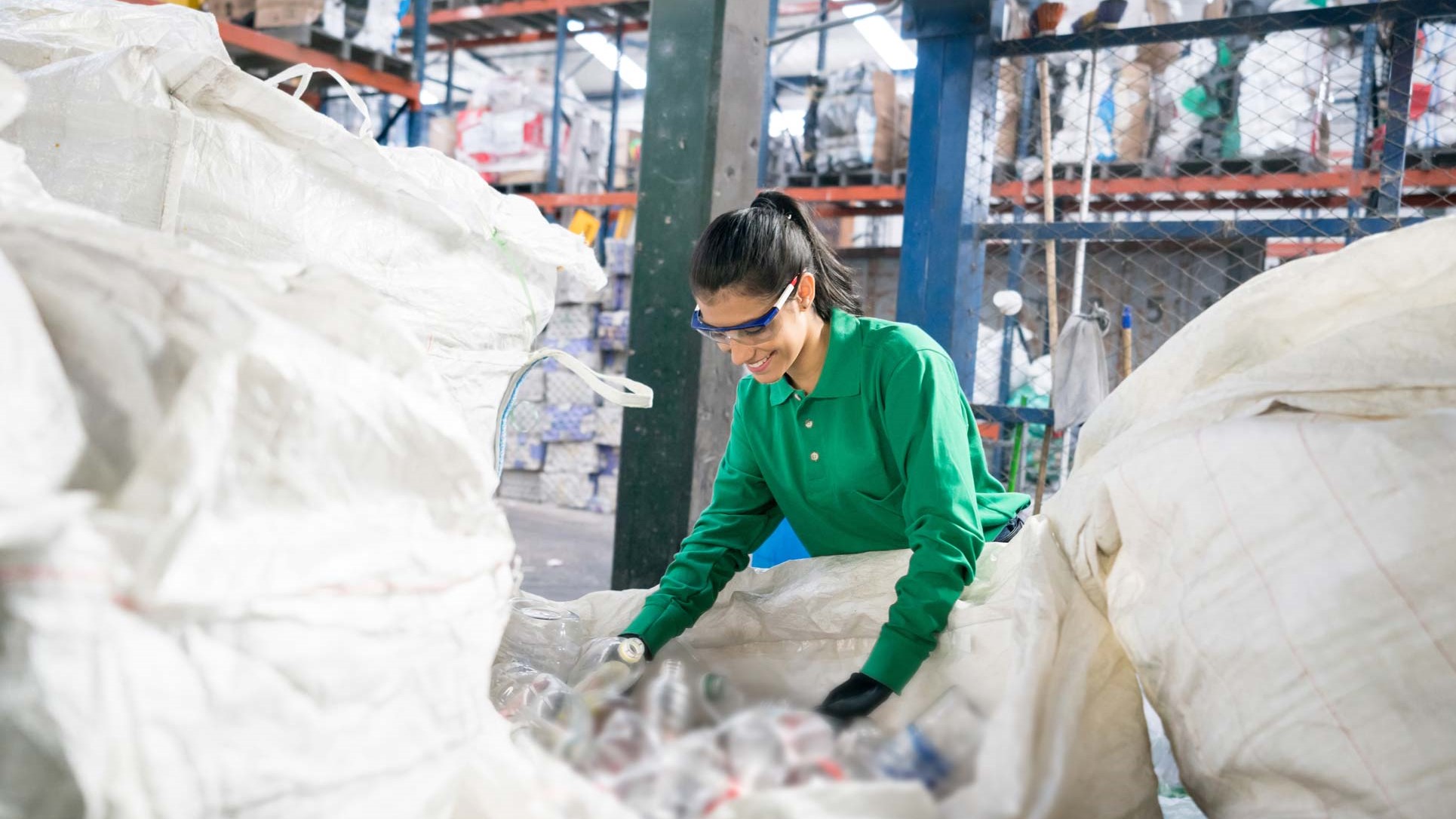Collaborating to improve waste management and recycling infrastructure
Sustainability
January 28, 2021Reading time: 2 minutes
Many people assume that when they purchase products that come in recyclable packaging all they need to do is throw the used packaging into their recycling bin and it is taken away to be recycled into something new.
Many people assume that when they purchase products that come in recyclable packaging all they need to do is throw the used packaging into their recycling bin and it is taken away to be recycled into something new.

Unfortunately, the reality is different and often products put into bins by well-meaning people end up in landfill or are burned, because the waste management infrastructure in their specific city, region or country is not able to deal with the amount – or type – of recycling required.
In 2020 the United States Environmental Protection Agency (EPA) announced a new, nation-wide goal of increasing the U.S. recycling rate from the current rate of 32% to 50% by 2030. The UK government is currently considering a waste management overhaul in its anticipated Environment Bill, with proposed plastic packaging recycling targets of 55% by 2030. Singapore’s zero-waste plan aims to raise its domestic recycling rate from 22% to 30% by 2030.
At Amcor, we work with a range of partners to promote better waste management and recycling infrastructure that can ensure all packaging that can be recycled is recycled, which in turn reduces waste and is better for the environment.
For example, we’ve partnered with The Materials Recovery for the Future (MRFF) research program – which launched single-stream curbside recycling of flexible plastic packaging (FPP) in Pennsylvania, U.S. This type of flexible plastic packaging (such as bags, pouches and lidding films) is not widely recycled so this pilot demonstrated how FPP could be recycled from U.S. homes and helped the whole packaging industry to better understand how we can recycle more of our packaging.
Another key issue is items not being placed in the right bins when consumers throw them away, causing problems when it comes to sorting waste in recycling centres. To combat this, in autumn 2020 Amcor announced our membership of the Digital Watermarks Initiative “HolyGrail 2.0”.
This pilot program brings together over 85 companies and organizations to test the effectiveness of digital watermarking technologies – a code printed on the packaging that’s invisible to the naked eye and carries information about the packaging material – which can help accurately sort waste, meaning more materials are correctly sorted so they can be put back into the system.
Variations in recycling services offered at a local, national and global scale also hurts the efforts of everyone who is interested in recycling more and wasting less. Where the infrastructure is in place, we know that recycling rates go up, materials are reused, and waste is reduced. We need that success to be replicated everywhere.
For example, following a report from Boston Consulting Group, WWF and the Ellen MacArthur Foundation, Amcor called for a UN treaty on plastic waste – and for governments to match the progress made by private industries by investing in the necessary infrastructure needed to manage waste and increase recycling.
At Amcor, we’re working hard and investing in innovation which means we’re on track to meet our commitment that all our packaging will be recyclable or reusable by 2025. These innovations work best when waste management and recycling infrastructure are invested in too. Ultimately, by advocating for policies that improve this infrastructure, we create a more sustainable future for the planet and for our company. We encourage other stakeholders in the packaging industry to invest in improving recycling infrastructure and adding their voices to place pressure on governments to improve recycling rates worldwide.

